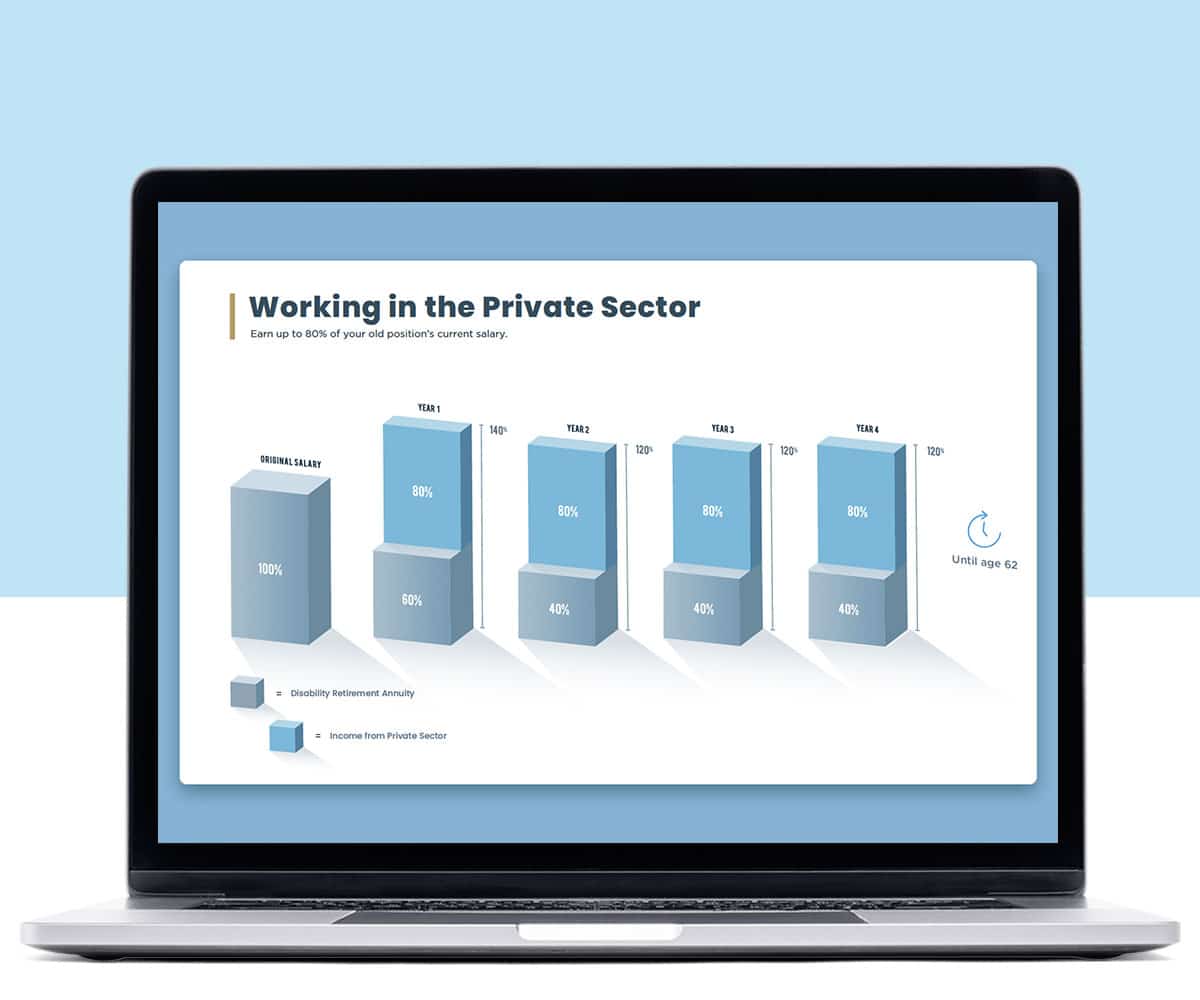Many of our clients are U.S. postal workers, which isn’t surprising, considering the U.S. Postal Service (USPS) employs a significant portion of federal workers. With almost a half million career employees and over 100,000 additional non-career workers, USPS is the second largest civilian-employer after Wal-Mart.
The Downward Spiral of USPS’ Financial Health
Despite its substantial scope, USPS has been losing customers for over a decade, and is still struggling to keep itself afloat. Even after shedding 250 thousand federal workers in the past 20 years, the institution has suffered from a financial deficit for eight consecutive quarters, totaling to a $52 billion net loss.
Many argue this financial downward spiral is attributed to the cultural-shift towards digital communication — with advances such as social media, email, and online shopping, first-class mail is forced into an inevitable decline, which is bad news considering it is one of USPS’ top revenue sources.
The Role of Congress-Mandated Retiree Prefunding
Frederic Rolando, president of the National Association of Letter Carriers, counters that USPS’ financial deficit is misleading, and claims the agency is slowly bouncing back from the recession. In a recent article he submitted to Minnesota’s Cold Spring Record, Rolando blamed Washington politics for the Postal Service’s current financial struggles. In 2006, congress mandated the Postal Service prefund future retiree health benefits, which is not required for any other government agency or private company. Rolando noted that this is a $5.6 billion annual charge, which was enacted just before the country would suffer from the start of the worst financial recession since the Great Depression.
Even without the retiree prefunding mandate, experts say the Postal Service’s financial situation is unlikely to significantly improve, and lawmakers from both political parties have called for the full or partial privatization of USPS. A former manager for the Clinton administration recently called for dividing the agency into two separate entities: one private, to ensure the Postal Service remains competitive with its private-sector rivals, and one public, to preserve the “universal service mandate”, which requires that it serve even the country’s most remote areas.
In order for the plan to generate profit, USPS would have to cut back on its costs, which would include ending Saturday delivery and closing several mail-processing facilities. Lawmakers are concerned this may decrease the service quality for rural areas, and cause potential layoffs.
The Toll on Postal Workers
The downsizing would cause even more strain on postal workers, whose job outlook is already expected to decline 28 percent between 2012 and 2022. Cutting the workforce may result in workers having to cope with increased demands, which could cause an influx in work-related injuries.
Postal workers already have a high injury-rate due to the physically demanding, repetitive nature of their line of work. According to a 2013 study by the Government Accountability Office (GAO), postal workers suffer an average of 34,000 injuries each year, with about 13,000 of those injuries (38 percent) being directly attributed to delivery work.
Lawmakers are facing more pressure to make decisions regarding the future of the USPS. Regardless of what changes are made, it is likely that postal workers will face a challenging road ahead. It will be critically important for workers to look after their health and safety and explore their options moving forward. This may include federal disability retirement if they suffer from a medical condition that hinders them from doing their job effectively.
If you think you may qualify for federal disability retirement, and would like to speak with one of our attorneys, fill out our INQUIRY FORM for a free consultation.



